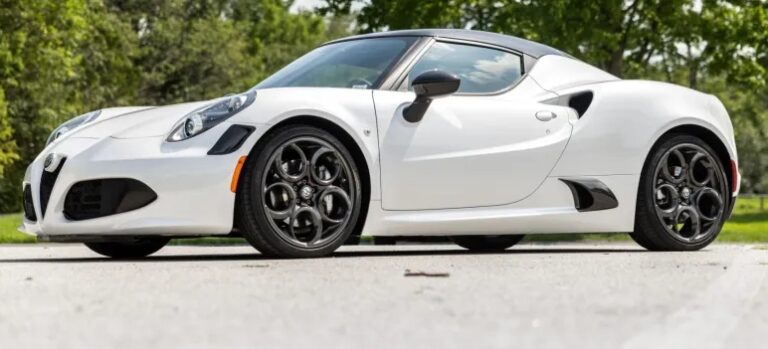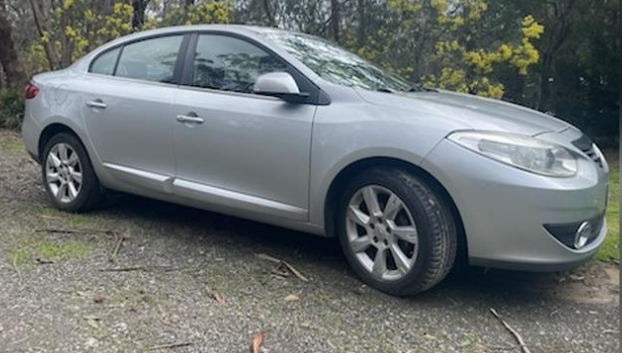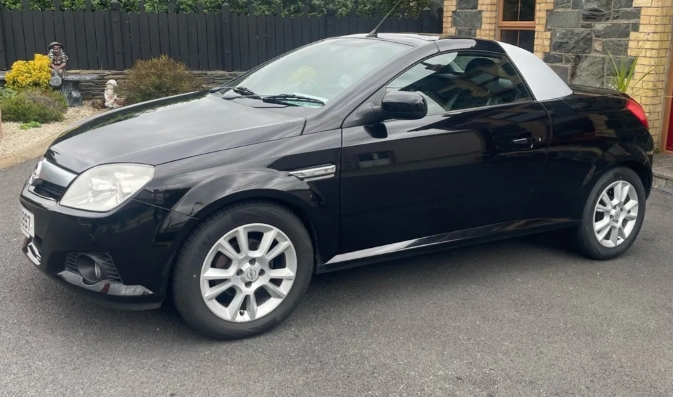The Evolution of the BMW 7 Series (725 728 730 735 740 745 750 760)
The BMW 7 Series is a cornerstone of the luxury sedan market, embodying the epitome of performance, comfort, and cutting-edge technology. Introduced in 1977, this flagship model has undergone significant transformations over the decades, maintaining BMW’s reputation for excellence while adapting to changing consumer tastes and technological advancements.
First Generation: E23 (1977-1986)
The journey of the BMW 7 Series began with the E23, which was introduced in 1977. This model featured a distinctive boxy design that quickly gained popularity among executives and luxury automobile enthusiasts. Initially, the E23 was offered with several engine options ranging from the 2.8L inline-six to the powerful 3.5L inline-six.
Key Models and Trim Levels:
- 730i – 2.8L inline-six
- 733i – 3.2L inline-six
- 735i – 3.5L inline-six
- 740i – 4.0L V8 (introduced later in the production run)
The E23 was notable for its innovative features like anti-lock brakes (ABS) and electronic fuel injection, which enhanced both safety and performance. This generation laid the groundwork for future models, showcasing the brand’s commitment to luxury and technology.
Second Generation: E32 (1986-1994)
The E32 debuted in 1986, bringing a more modern design and increased technological sophistication. This generation introduced features such as dual-zone climate control, GPS navigation, and a more refined interior space. The E32 was also the first BMW to offer a V12 engine, enhancing BMW’s reputation for performance.
Key Models and Trim Levels:
- 730i – 3.0L inline-six
- 735i – 3.5L inline-six
- 740i – 4.0L V8
- 750iL – 5.0L V12
The E32 was a significant leap forward in terms of luxury, safety, and performance. It established the template for the modern executive sedan while continuing to honor BMW’s sporty heritage.
Third Generation: E38 (1994-2001)
The E38 generation made a profound statement when it was released in 1994, featuring a sleeker, more aerodynamic design. This model was acclaimed for its advanced technology, including adaptive headlights, navigation systems, and even park distance control.
Key Models and Trim Levels:
- 725td – 2.5L turbo-diesel inline-six (introduced primarily in Europe)
- 728i – 2.8L inline-six
- 730d – 3.0L inline-six diesel
- 735i – 3.5L inline-six
- 740i – 4.0L V8
- 750iL – 5.4L V12
The E38 was well received by both critics and consumers, representing a perfect balance of luxury and performance. It became a popular choice for various dignitaries and celebrities, further cementing its status in the luxury segment.
Fourth Generation: E65/E66 (2001-2008)
The E65/E66 generation introduced a radical shift in design philosophy, moving to a more controversial and bold aesthetic. Unveiled in 2001, the new model featured a more rounded shape and introduced technology such as iDrive, which combined complex controls into a single interface.
Key Models and Trim Levels:
- 730i – 3.0L inline-six
- 730d – 3.0L inline-six diesel
- 740i – 4.0L V8
- 745i – 4.4L V8 (introduced for this generation)
- 750i – 4.8L V8
- 760Li – 6.0L V12
Despite initial mixed reviews about its design and the iDrive system, the E65/E66 proved to be a success in terms of performance and luxury features. It reinforced BMW’s position in the premium car market.
Fifth Generation: F01/F02 (2008-2015)
The F01/F02 generation made its debut in 2008, showcasing a return to more classical styling elements while integrating modern touches. It featured a more spacious cabin, advanced infotainment systems, and improved fuel efficiency.
Key Models and Trim Levels:
- 740i – 3.0L inline-six
- 740d – 3.0L inline-six diesel
- 750i – 4.4L V8
- 750Li – 4.4L V8 (extended wheelbase)
- 760Li – 6.0L V12
- ActiveHybrid 7 – Combines a 4.4L V8 with an electric motor
The F01/F02 generation garnered praise for its sophisticated design and an extensive list of features, including a premium sound system and advanced driver assistance technologies. It was considered one of the most technologically advanced vehicles in its class.
Sixth Generation: G11/G12 (2015-Present)
Launching in 2015, the G11 and G12 series represent the latest chapter in the 7 Series saga. The design is characterized by more aggressive lines and a more dynamic stance. This generation has placed a significant emphasis on lightweight materials, efficiency, and performance, aided by BMW’s modular architecture.
Key Models and Trim Levels:
- 740i – 3.0L inline-six
- 740e – Plug-in hybrid with a 2.0L inline-four engine
- 750i – 4.4L V8
- M760Li – 6.6L V12
- 745Le – Extended wheelbase version of the plug-in hybrid
The G11/G12 series has embraced technology with features like gesture control, an advanced head-up display, and fully adaptive LED lighting. It also offers significant improvements in connectivity and comfort, catering to the needs of modern luxury consumers.
.
Just like the BMW 7’s, where there are models and sub-models within the same main vehicle line, other cars run through similar issues, making car buyers often confused about which one is which. Identifying specific car trims can be challenging for some consumers!
Take for instance, those Dodge Challengers. SXT, RT, Hellcat? Which car is it?
2023 Dodge Challenger Model Differences
.
Conclusion
Throughout its history, the BMW 7 Series has transformed from a luxurious sedan with modest features to a dynamic, technologically advanced vehicle that not only meets but often exceeds customer expectations. Each generation has built on the successes of its predecessor while offering unique innovations and prestigious design cues.
As the automotive industry evolves with new technologies and changing consumer preferences, the BMW 7 Series stands poised to continue its legacy as a leader in the ultra-luxury sedan segment. With electric and hybrid models becoming increasingly prominent, BMW’s commitment to innovation is likely to ensure that the 7 Series remains a cornerstone of luxury performance for decades to come.
The BMW 7 Series is not simply a car; it is a representation of what is possible when engineering excellence meets luxury crafting, making it a benchmark in the world of luxury automobiles.







